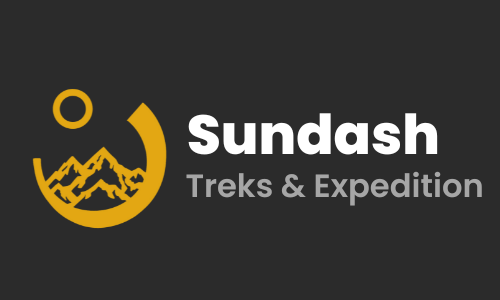Discover Nepal
FOOD:
When it comes to food, Nepal has plenty of delicious options to offer. If you’re looking for a taste of traditional Nepali cuisine, then you absolutely must try Dal Bhat. It’s a staple meal that consists of rice, lentils, vegetables, meat, salad, and pickles. This dish is so popular that you’ll find it on nearly every tea house or restaurant menu along the trekking routes. And trust me, there’s nothing quite like refueling your body with a hot plate of Dal Bhat after a long day of trekking. In Nepal we have famous saying “Dal Bhat power 24 hour”.
Now, if you’re a little bit apprehensive about trying new foods, don’t worry! Nepal also has a variety of international cuisine options available in many of the Lodges/tea houses and restaurants. But why not embrace the local cuisine and try something new? Who knows, you may discover your new favorite dish. And if you need a little extra fuel during your trek, be sure to pack some snacks and energy bars to keep you going.
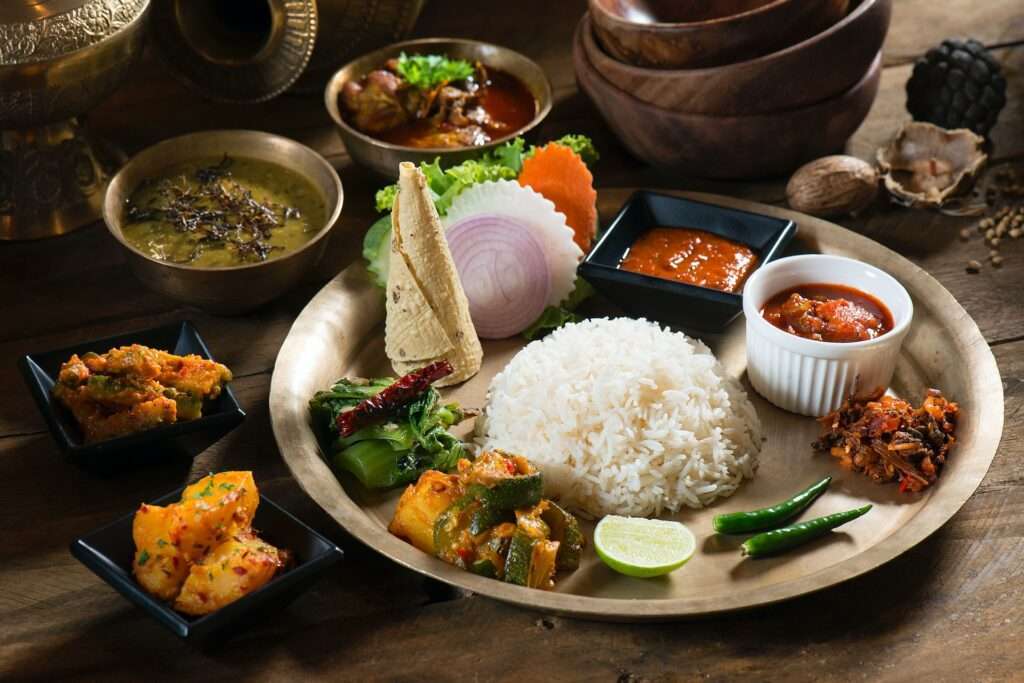
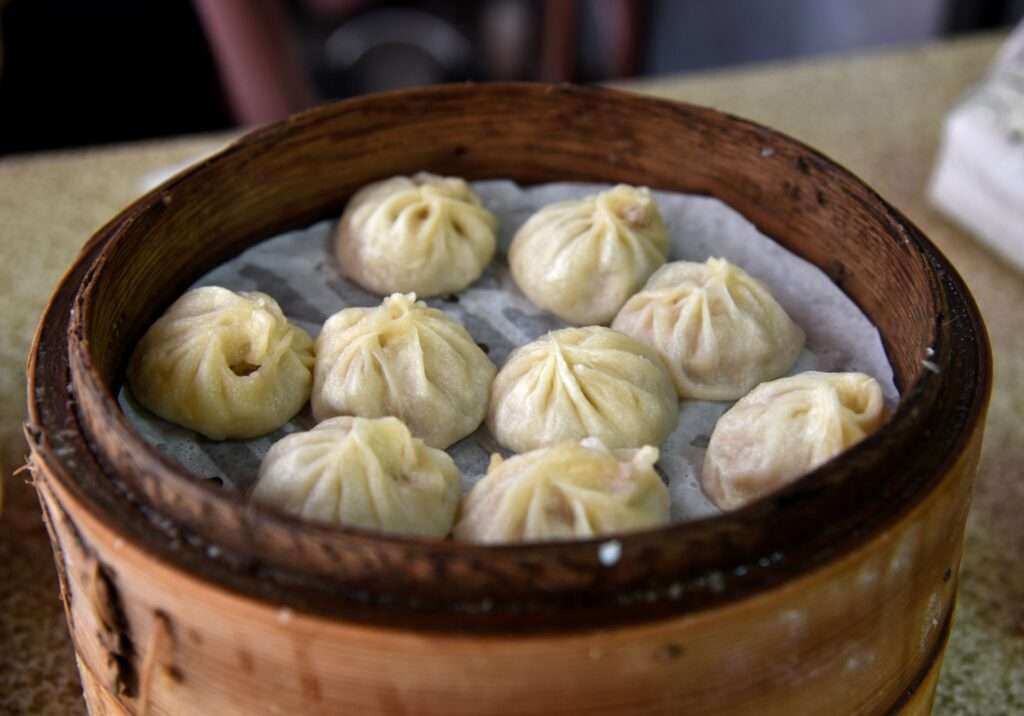
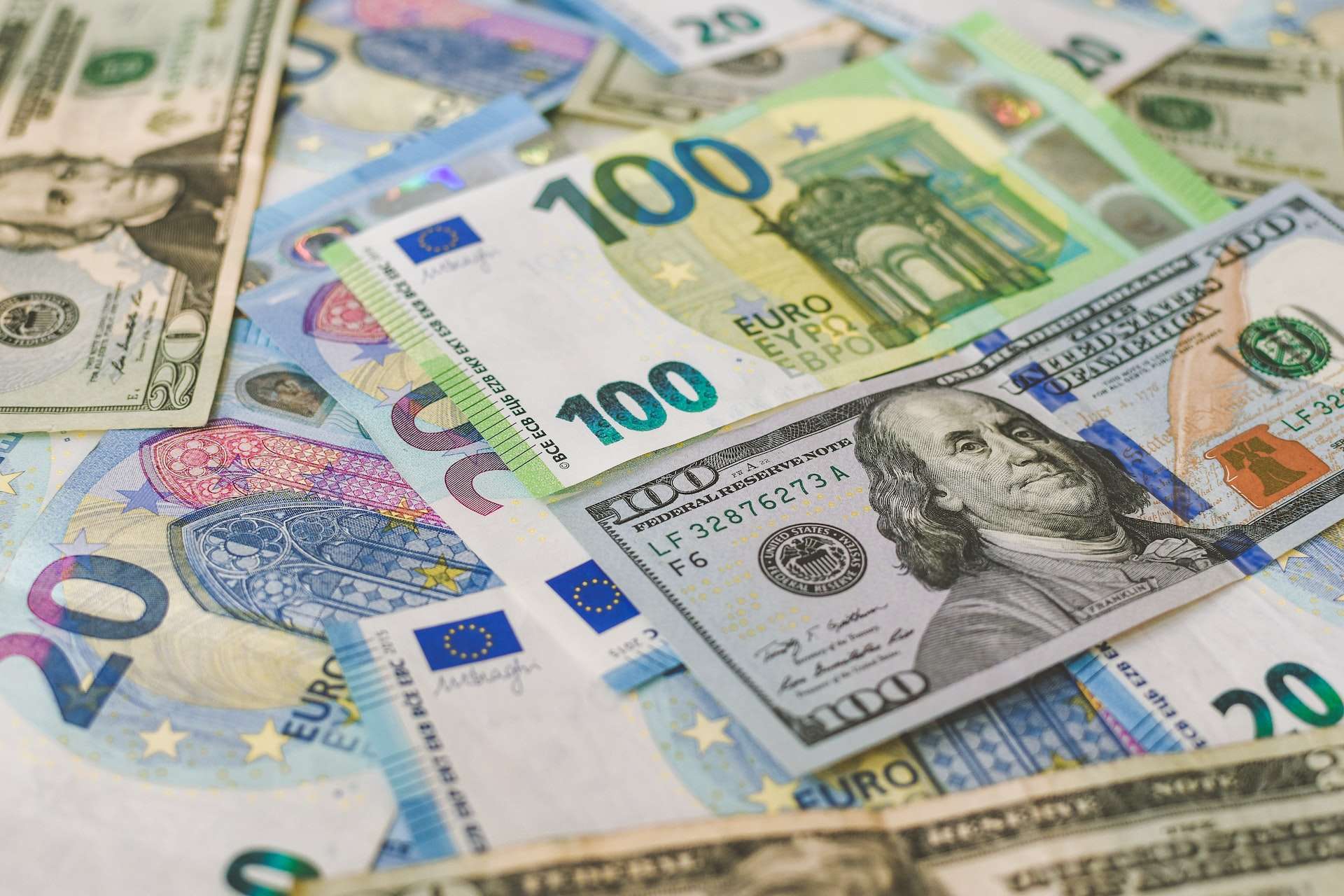
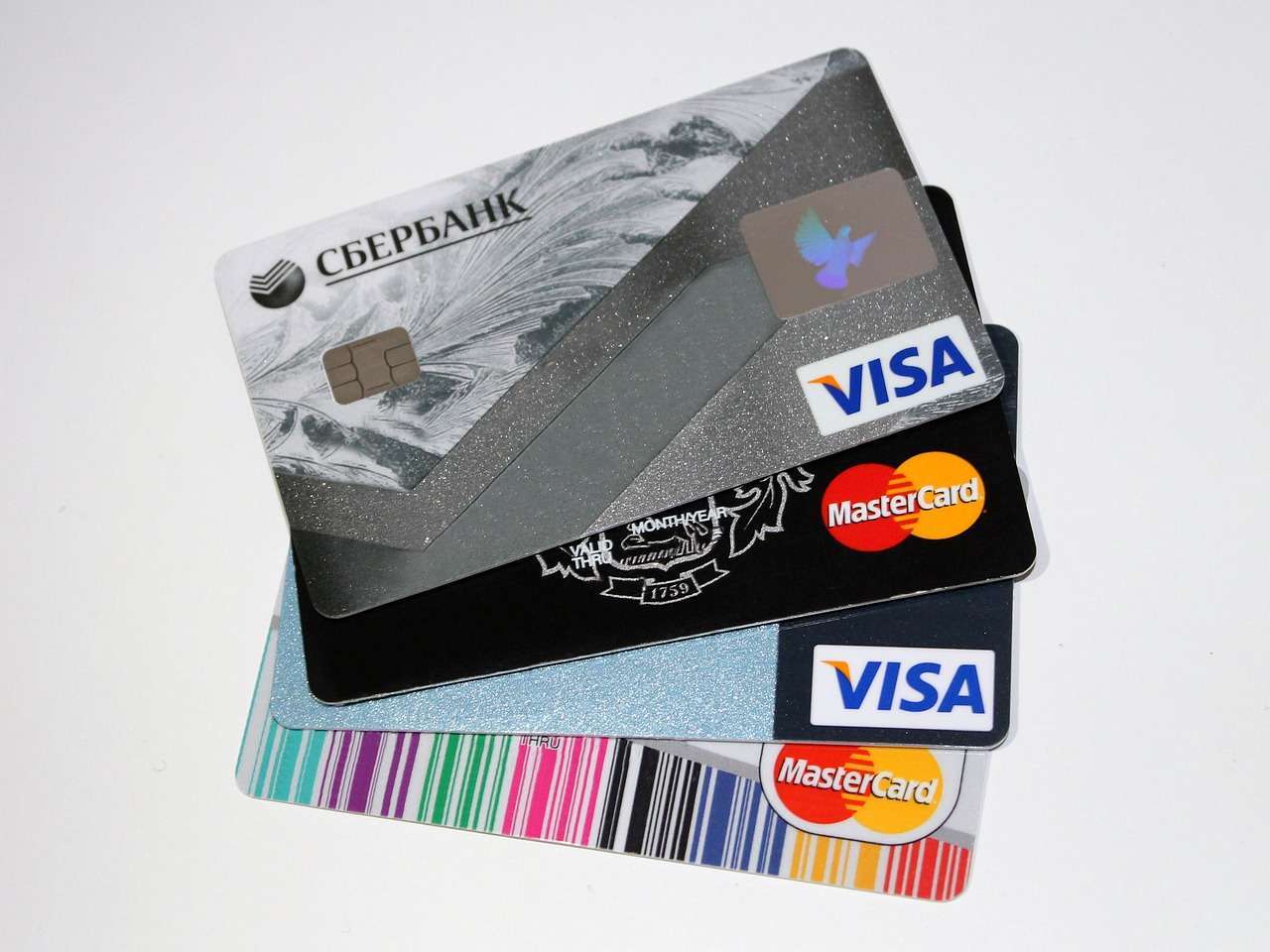
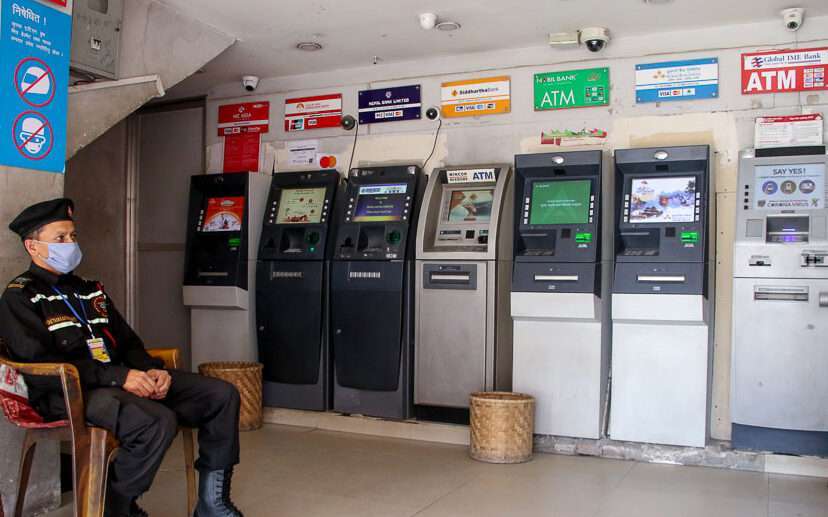
MONEY:
Money Exchange: Well, when it comes to trekking in Nepal, you’ll want to make sure you have some cash on hand. Luckily, exchanging your money is pretty easy. Just head to a bank or exchange counter and swap out your local currency for some Nepali Rupees (NPR). Just be aware that Nepali banks do charge a fee for exchanging currency.
Pay by Card: Now, maybe in your country, you probably rely heavily on your trusty credit card. But in Nepal, it’s not always so reliable. Some hotels, restaurants, and shops do accept credit cards, but you should always have some cash on hand just in case. And if you decide to use your credit card, be prepared for a little extra charge.
ATMs: Make sure to check with your bank before you leave to ensure that your card will work in Nepal. There are ATMs available in major cities like Kathmandu, Pokhara, Lukla, Namche etc. In case you run out of cash.
ELECTRICITY & CHARGING FACILITIES:
Nepal uses 220-240 volts AC, the frequency is 50 Hz. Nepal there are three associated plug types, types C, D and M. Plug type C is the plug which has two round pins, plug type D is the plug which has three round pins in a triangular pattern and plug type M has three round pins.
In terms of availability, you should be able to find adaptors for sale in most major cities and tourist areas in Nepal. However, it’s always best to bring your own adaptor to avoid any potential issues. Plus, if you’re traveling with multiple devices, it’s a good idea to bring more than one adaptor so you can charge multiple devices at the same time.
It’s also worth noting that some hotels and guesthouses may have limited charging facilities, or may only offer charging at certain times of the day. If you’re planning on doing a lot of charging, it might be worth investing in a portable power bank or battery pack. These devices can store energy and allow you to charge your devices on the go, without needing to be near a charging point.
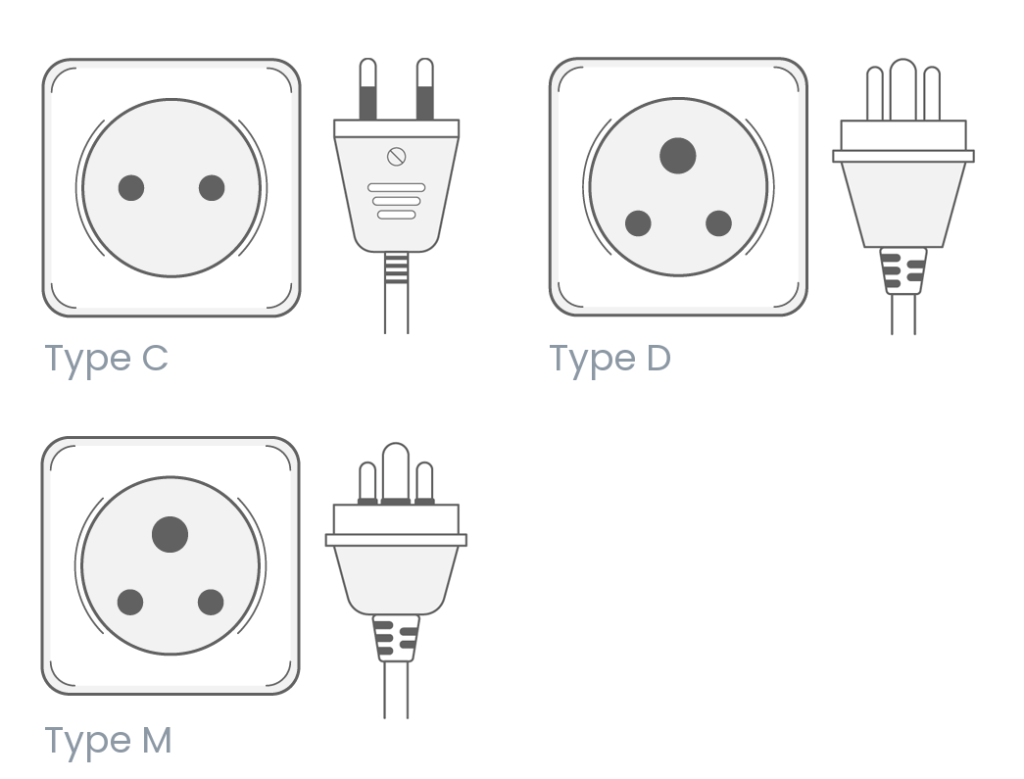
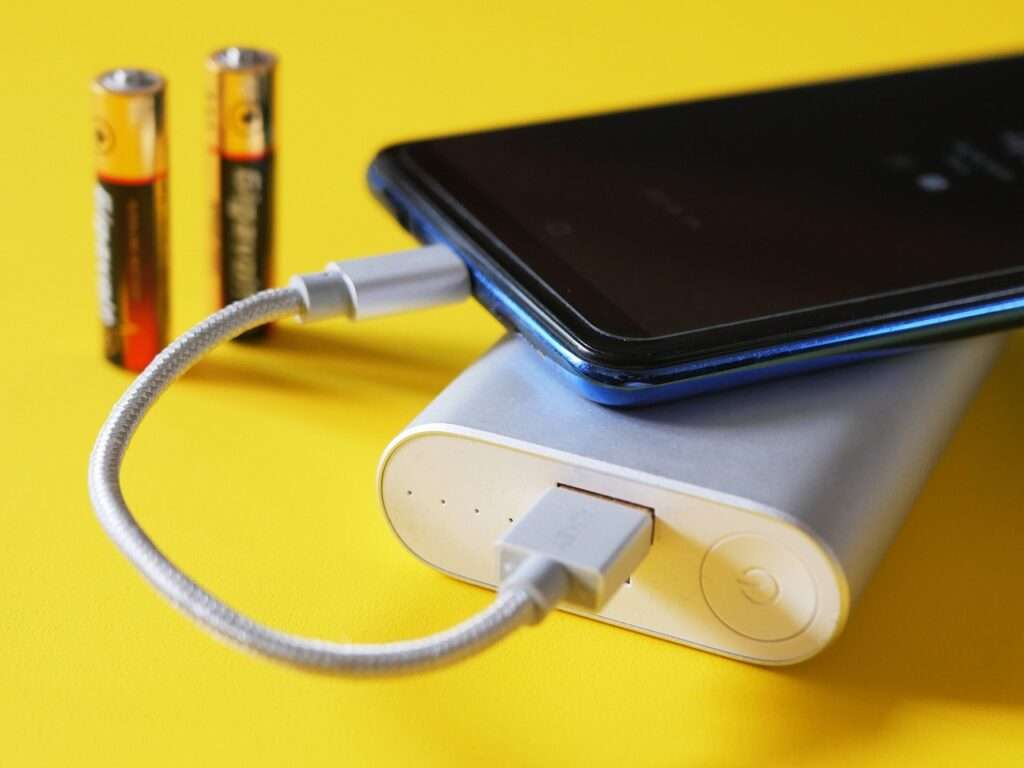
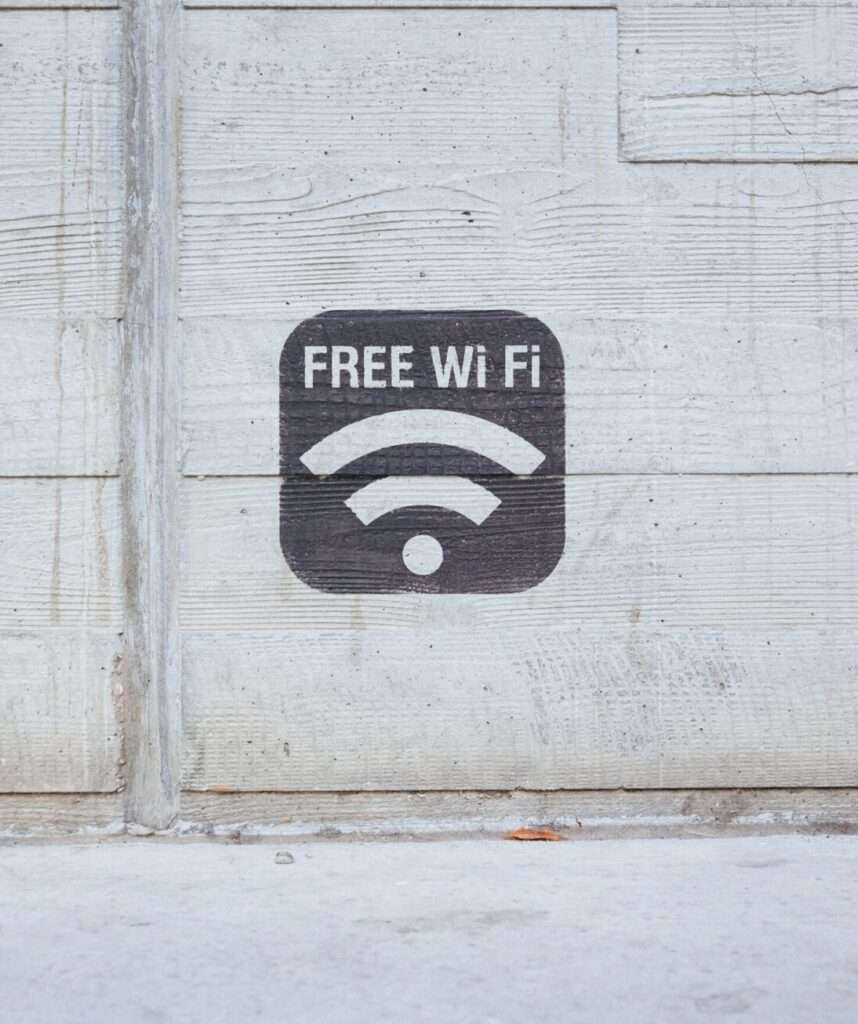
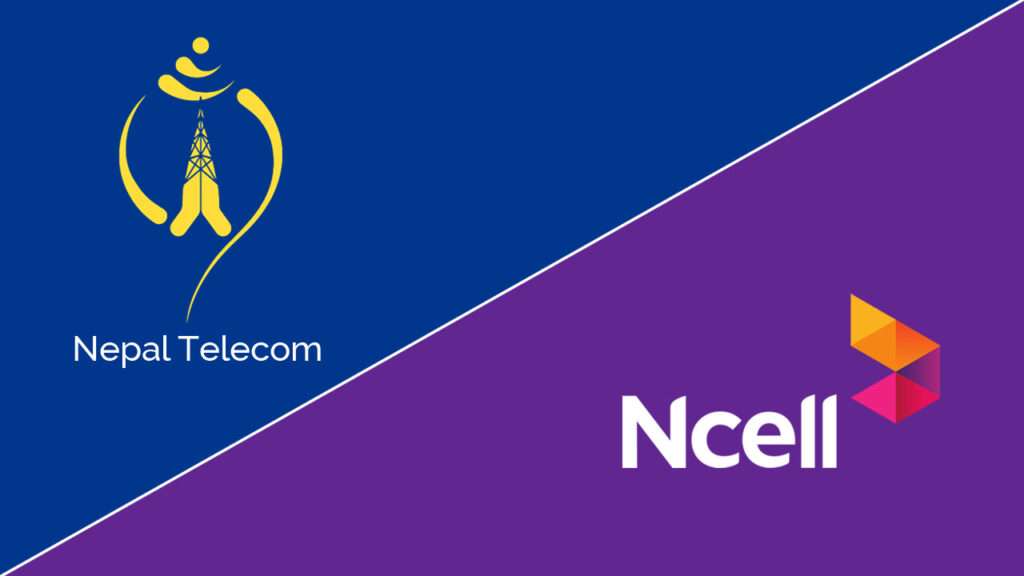
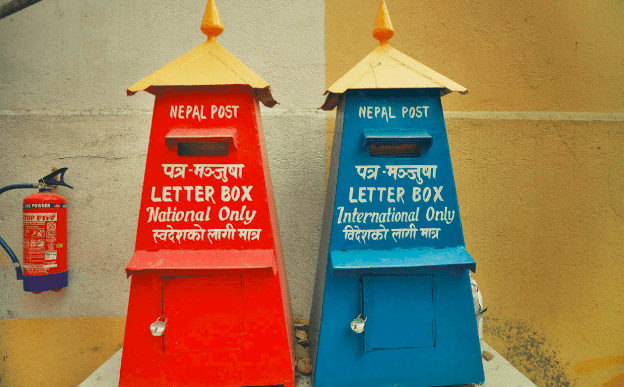
COMMUNICATION:
Telephone: Mobile phone coverage in the Himalayas is limited, but you may be able to get a signal in some areas, depending on your service provider. It’s always a good idea to check with your provider before you go to see if they offer coverage in the areas you’ll be trekking. You can also bring, or rent a satellite phone in Kathmandu, which will allow you to make calls in more remote areas. Be aware that satellite phones can be expensive to rent and use.
SIM Cards: If you want to use your mobile phone in Nepal, you can buy a local SIM card when you arrive. There are several providers to choose from, including Ncell and Nepal Telecom. SIM cards are available at the airport, as well as in most towns and cities. Be aware that you’ll need to show your passport and provide a passport-sized photo to purchase a SIM card. The cost of a SIM card varies depending on the provider and the plan you choose.
Internet and Wifi: Internet cafes are available in some of the larger towns in the Himalayas, but they may be slow. Some teahouses and lodges may also offer wifi, but again, it’s likely to be slow and may be limited to certain times of the day. If you’re relying on the internet to stay in touch with loved ones or for work, it’s best to bring your own portable wifi device.
Postal Services: Postal services again in the Himalayas can be slow because of geographical structure and transportation, but they are available in some areas. If you want to send postcards or letters to loved ones back home, it’s best to do so from a larger town or city, where there is a post office.
TRANSPORTATION:
Transportation in Nepal can be challenging but rewarding, and there are plenty of options available for getting around. In the cities, there are public transportation options available, such as buses and taxis. However, be aware that the roads can be congested and chaotic, especially in Kathmandu. It’s best to plan your route in advance and leave plenty of time to reach your destination.
For trekking in the Himalaya, the most common mode of transportation is by foot or on horseback. There are also car, taxi, jeep and bus services available in connecting big cities but in other remote areas the roads can be rough and unpaved, so travel can be slow and bumpy.
If you’re looking to get to remote areas quickly, flying on a plane or helicopter can be a great option. They can save you a lot of time and hassle compared to traveling by road. The planes used on these flights are small and usually seat around 15-20 people. The views from the plane are stunning, with snow-capped mountains and lush valleys visible from the window.
Helicopters are mostly used for Rescue purposes, but also can be a good option if you’re looking for a more luxurious mode of transportation. Helicopter tours are available for sightseeing and trekking, and can provide a unique perspective on the stunning landscape of Nepal.
Flying on a plane or helicopter can be a great way to get to remote areas quickly and see some incredible views along the way. However, be aware that flights can be delayed or canceled due to weather conditions, so it’s always a good idea to have a backup plan in place.
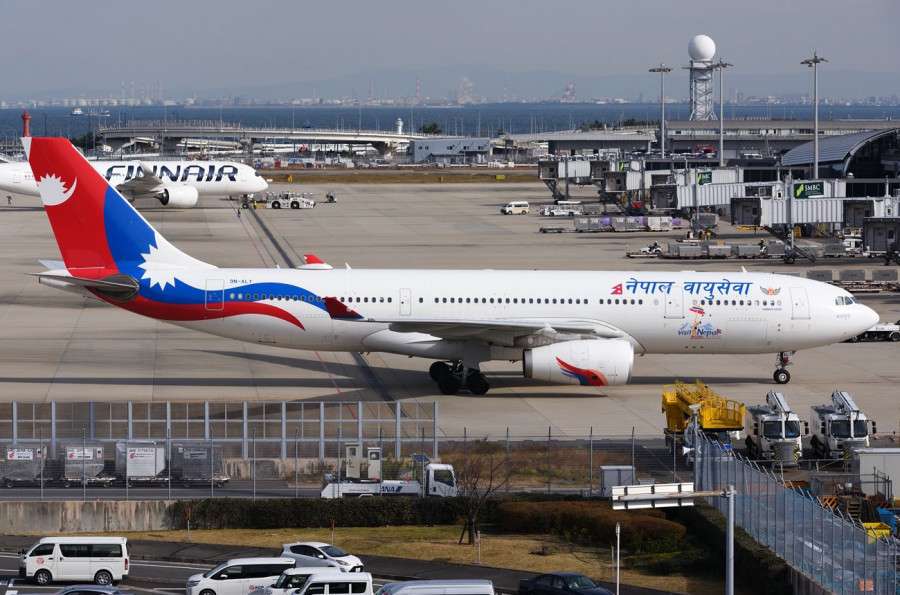
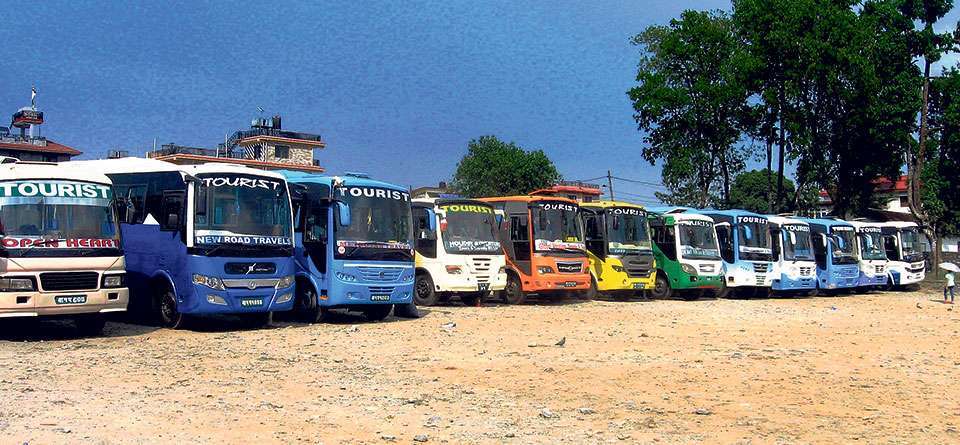
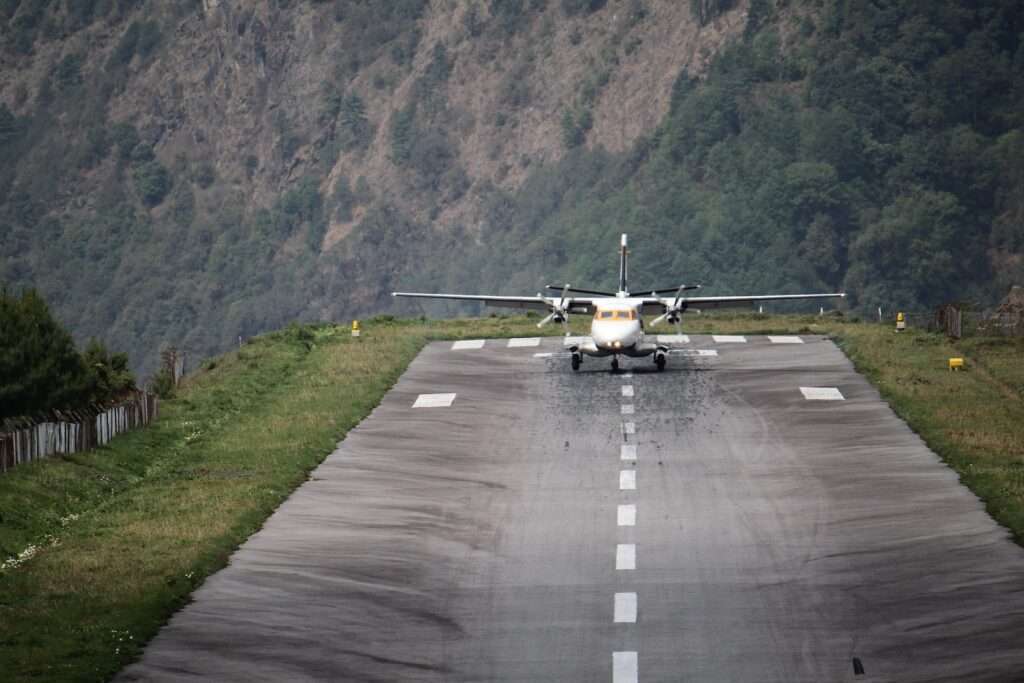
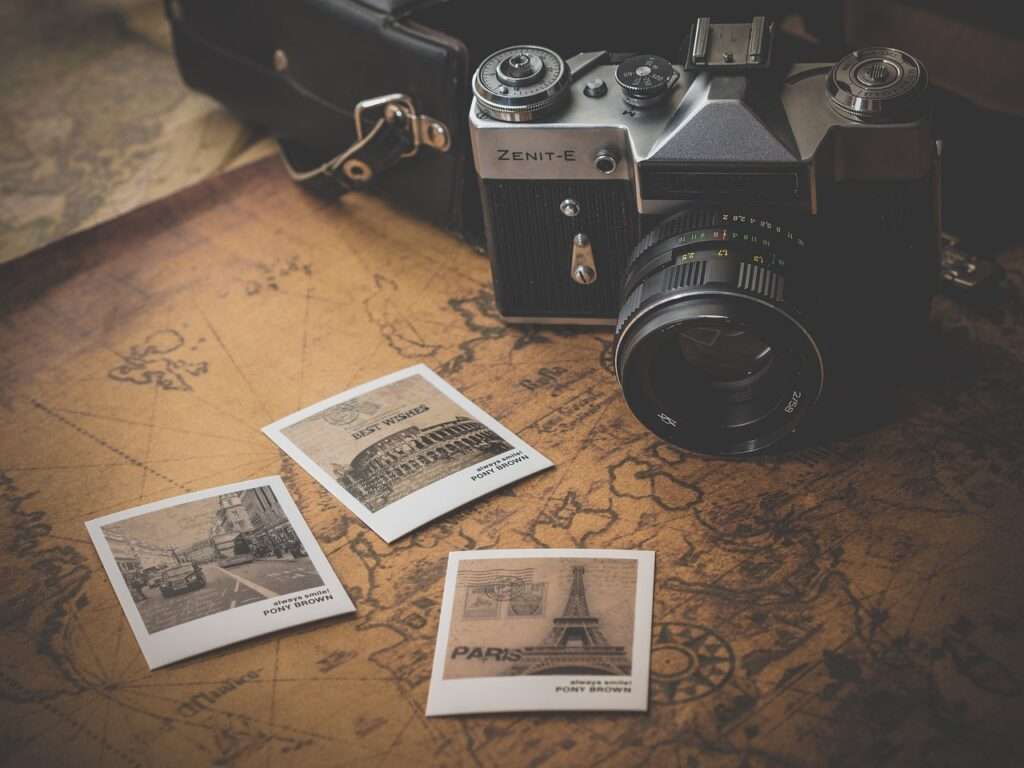
TAKING PHOTOGRAPHS:
Taking photographs is very common in Nepal, and is a popular activity for tourists and locals alike. Nepal offers many breathtaking landscapes, cultural sites, and stunning views of the Himalayas, making it a paradise for photographers.
In fact, many Nepali people enjoy having their picture taken and are often happy to pose for photographs. However, it’s important to always ask for permission before taking someone’s photograph, as it is considered polite and respectful.
When taking photographs in Nepal, it’s also important to be aware of the local customs and cultural sensitivities. For example, in some religious sites, photography may be restricted or prohibited, and it is important to respect these rules.
DRESSING:
When it comes to dressing in Nepal, it’s important to consider the local customs and cultural sensitivities. Nepal is a conservative country, and dressing modestly is generally recommended, especially when visiting religious sites and rural areas.
For men, trousers and shirts are typically acceptable, and it’s best to avoid wearing shorts or sleeveless tops. For women, it’s recommended to wear long skirts or trousers, and tops that cover the shoulders and upper arms. It’s also common for women to wear a scarf or shawl to cover their head, especially when visiting temples or religious sites.
When trekking or participating in outdoor activities, it’s important to wear appropriate clothing and footwear, such as comfortable hiking boots and warm layers for cold weather
SEASONS:
Spring (March to May): Spring is a popular time to visit Nepal as the weather is warm and the flowers are in bloom. The temperature during this time usually ranges from 10 to 28 degrees Celsius. The clear skies and mild weather make it an ideal time for trekking and other outdoor activities.
Summer (June to August): Summer in Nepal is the monsoon season, with heavy rainfall and high humidity. The temperature during this time can range from 20 to 30 degrees Celsius. While trekking can be challenging due to the rain and slippery trails, the lush green landscapes and quieter tourist season can be appealing to some visitors.
Autumn (September to November): Autumn is one of the best times to visit Nepal, with clear skies and mild temperatures ranging from 10 to 27 degrees Celsius. This is the peak tourist season, with many trekking routes and attractions open and accessible.
Winter (December to February): Winter in Nepal is dry and cool, with temperatures ranging from 0 to 20 degrees Celsius depending on the altitude. While the higher elevations may experience snow, the lower regions offer mild temperatures and clear skies, making it a great time for sightseeing and trekking.
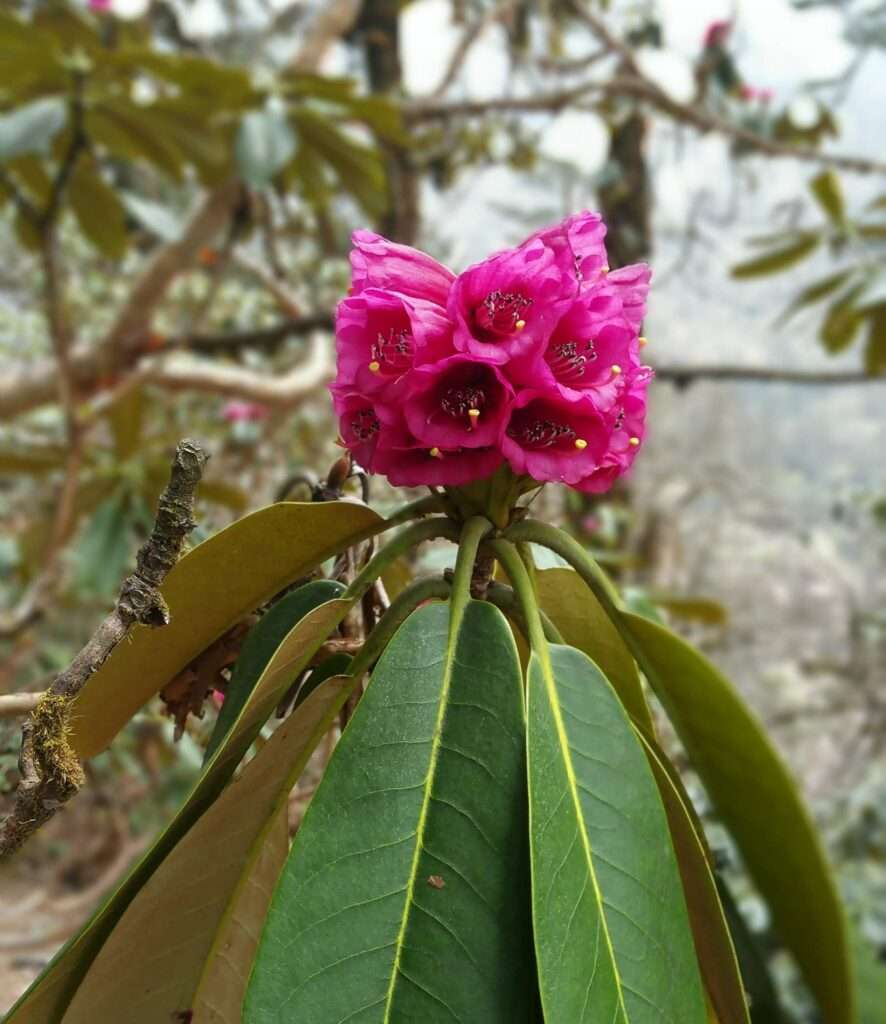
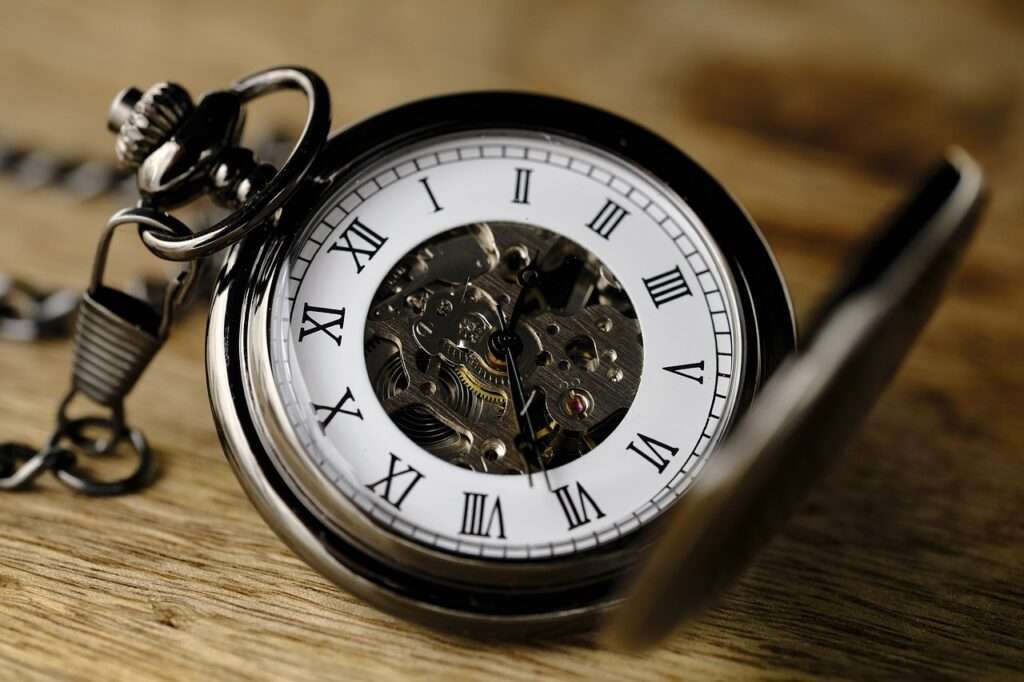
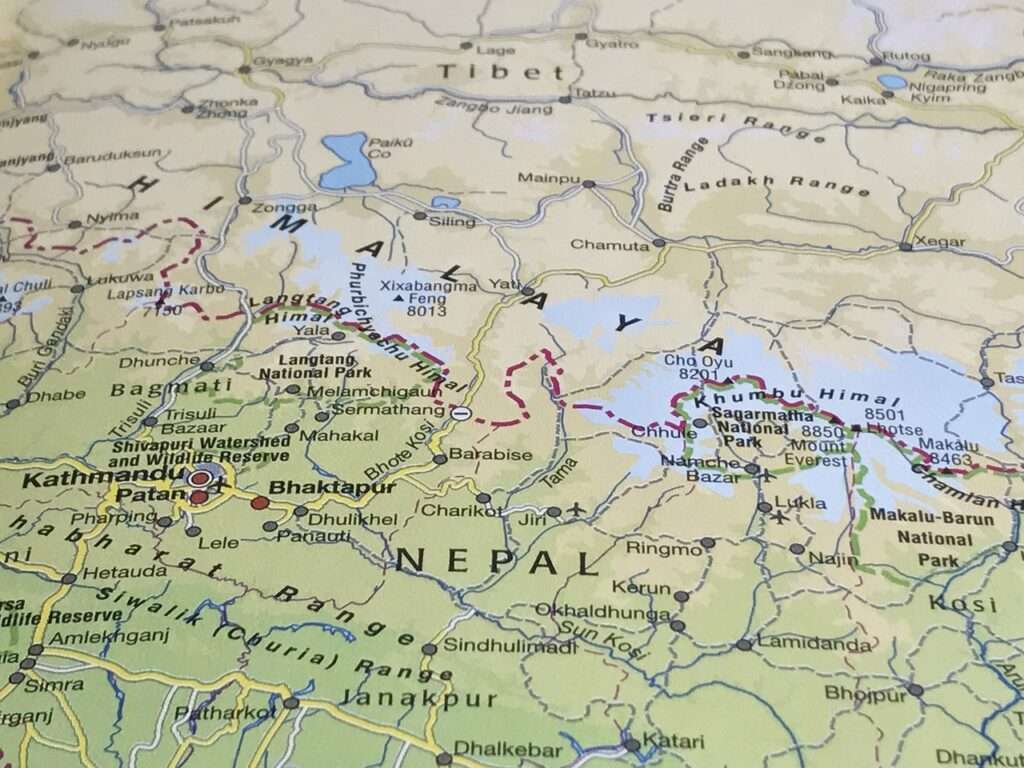
TIME:
Nepal follows Nepal Standard Time (NST), which is 5 hours and 45 minutes ahead of Coordinated Universal Time (UTC+5:45). So, if you’re traveling to Nepal from a different time zone, it’s important to take this time difference into account and adjust your schedule accordingly.
It’s also worth noting that Nepal does not observe daylight saving time, so the time difference between Nepal and other countries may vary throughout the year depending on whether or not daylight saving time is in effect in those countries.
LANGUAGE:
Nepal has a diverse linguistic landscape, with over 123 languages spoken throughout the country. However, the official language of Nepal is Nepali, which is spoken by the majority of the population.
In addition to Nepali, there are many other languages spoken in Nepal, including Maithili, Bhojpuri, Tharu, Tamang, Newari, Sherpa and many others. English is also widely spoken, especially in tourist areas and among educated Nepalis.
If you’re traveling to Nepal, it’s a good idea to learn a few basic phrases in Nepali, such as “namaste” (hello), “dhanyabad” (thank you). This can help you connect with the local people.
PUBLIC HOLIDAYS:
Nepal is different then many other countries, where Sunday through Friday are considered working days. Friday is considered a half working day.
Saturday is generally considered a weekend day in Nepal, and many businesses and government offices are closed on this day. However, some tourist areas may still be open on Sundays to accommodate visitors.
In terms of working hours for government offices in Nepal is from 10:00 am to 5:00 pm with a lunch break from 1:00 pm to 2:00 pm. Winter office hour is from 10:00 am to 4:00 pm
